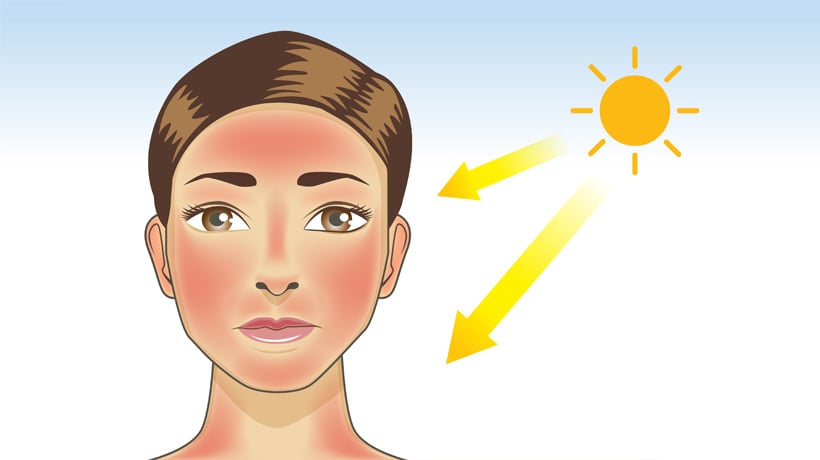Heat stroke, also known as sunstroke, is one of the most dangerous heat-related illnesses during the summer. Doctors consider it a medical emergency, so treating it quickly is vital. When a heat stroke isn’t treated, vital organs can shut down and even result in death.
Why it happens
During strenuous activity, hot weather, or both, the body raises its temperature. When the body’s temperature is above 104 degrees Fahrenheit (40 C), the body’s cooling mechanisms can no longer keep up with the heat.
There are several risk factors that can increase the chance of heat stroke. Dehydration from not drinking enough water and/or excess sweat are common factors. Drinking alcohol, wearing excess clothing, and sunburn can also increase the chances. Also, elderly people have a higher risk.
And be sure to open that car window. One of the most common causes of heat stroke that results in death is leaving a child or pet in a vehicle that isn’t ventilated or cooled.
Warning signs
If you notice any of these signs, contact a medical professional immediately. Heat stroke can be fatal without treatment.
- Headache
- Dizziness
- Lack of sweating despite the heat
- Red, hot, and dry skin
- Nausea and vomiting
- Muscle weakness
- Rapid heartbeat
- Shallow breathing
- Confusion, disorientation, or staggering
- Fainting
Treatment
Call an emergency medical number like 911 right away. Then, move the victim to a cooler place, like an air conditioned room or a shady spot. Help lower the person’s temperature with wet, cool cloths or a cool bath. Fan air onto the victim and apply ice packs to the groin, armpits, head, or back. The goal is to lower the person’s body temperature safely.
Prevention
Stay hydrated with plenty of water. If you anticipate sweating profusely, drink a sports drink like Gatorade that can replace electrolytes lost through sweat. Wear loose-fitting, light-colored clothing when you’re in the sun, and avoid sunlit areas and parked cars when you can. Avoid strenuous activity during the warmest part of the day, which is usually in the early afternoon.
If you start to feel woozy, take a break to cool down. Keeping your body temperature at a reasonable level can help avoid a heat stroke.
Sources:
https://www.cdc.gov/disasters/extremeheat/warning.html
https://www.webmd.com/a-to-z-guides/heat-stroke-symptoms-and-treatment#1
https://www.emedicinehealth.com/heat_stroke/article_em.htm



